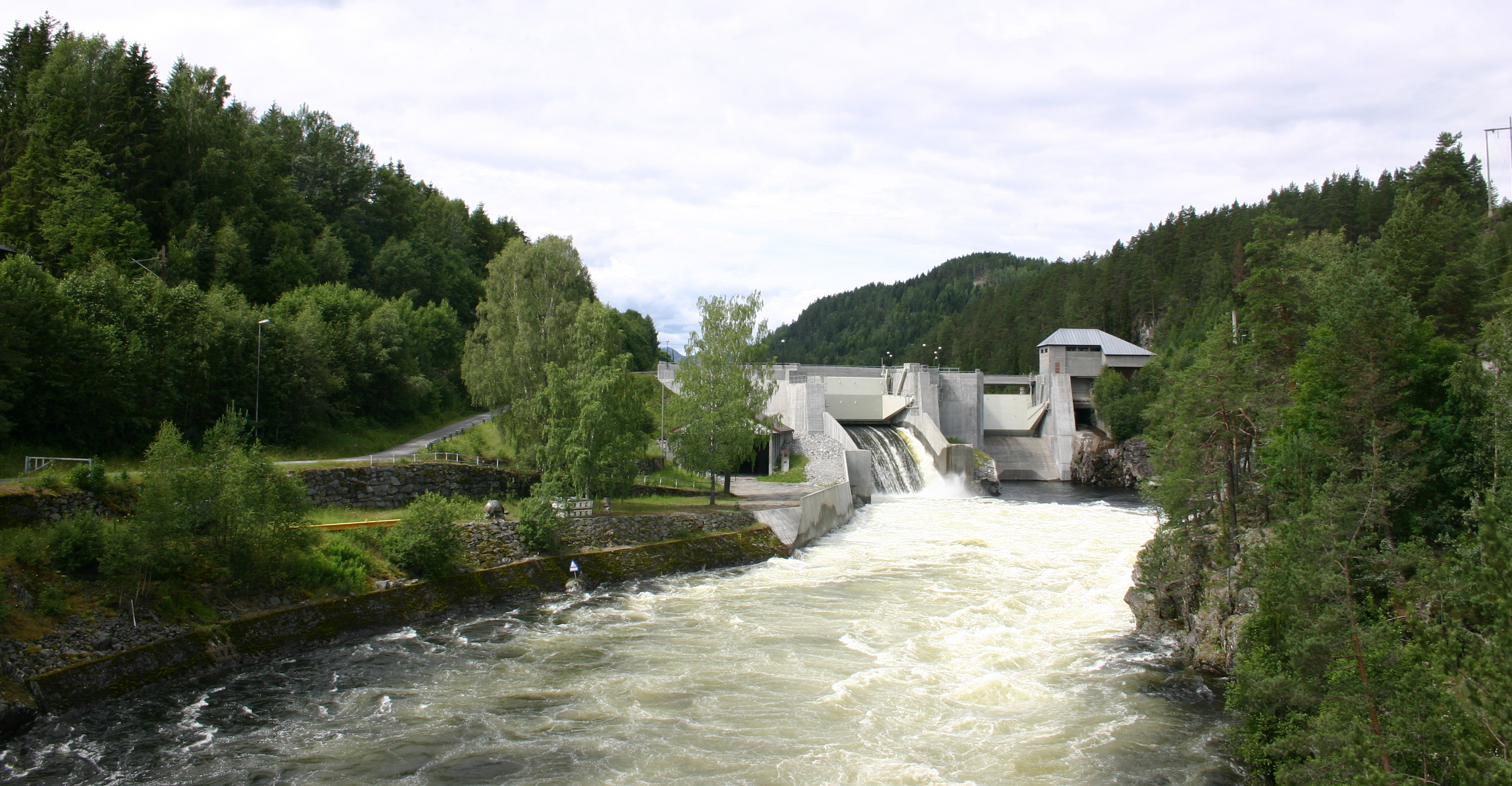Environmental design of hydropower

Foto: Ånund Killingtveit / NTNU
Increased power and salmon production
Hydropower is a very efficient source of energy, however there will always be questions related to the effect it has on the fauna in the rivers. In the project EnviDORR salmon scientists, hydrologists, hydropower engineers, industry and management joined forces to develop optimal solutions to increase both salmon and hydropower production in regulated rivers. EnviDORR focused on enhancing positive and reducing negative effects of river regulation, while maintaining or increasing the power production. This resulted in the popular “Handbook for environmental design in regulated salmon rivers”, which is published in Norwegian and English. The work from EnviDORR is continued in the project SafePass.
Europe’s green battery?
European countries are in the process of increasing the share of renewable energy in their electricity generation, bringing more energy production from wind and solar power on the electricity market. This creates an increased need to balance power consumption and generation. Hydroelectric power generation systems can store energy by storage of water in reservoirs and offer flexible operation, but it is also possible to store energy for later generation by pumping water from a lower reservoir to a higher one. Norwegian hydroelectric reservoirs have considerable storage capacity, and there is significant interest in Norway’s ability to balance demand and generation over various time scales on the European power market. The project HydroPEAK has studied how the Norwegian hydropower system can developed for optimal use in a future European power system with an increasing share of renewables. The HydroBalance project addresses some key challenges for the development of large scale balancing and storage from Norwegian Hydro.
Effects of rapid and frequent flow changes
Increased electricity trade with Europe and increased production of wind power is expected to lead to changes in the operation of Norwegian hydropower plants. Future scenarios predict more flexible operation of hydropower systems, which may lead to more frequent and rapid changes in water flow and water levels in rivers, lakes, reservoirs and fjords. The project EnviPEAK has studied the environmental impact these operational changes may lead to, with a focus on rivers, and how the negative consequences can be reduced.
China – bilateral exchange
China, the world’s largest hydropower producer, has more than tripled their hydropower production since year 2000. Now they plan to increase the installed capacity further. In the project FutureHydro, the aim is to promote bilateral exchange of knowledge, technology and experience between Norway and China. The project also aims to enlarge the scientific knowledge of the use of hydropower and pump-storage as a battery to balance intermittent energy sources, with respect to both needs and capacity, as well as the physical and biological consequences of balancing power operation.